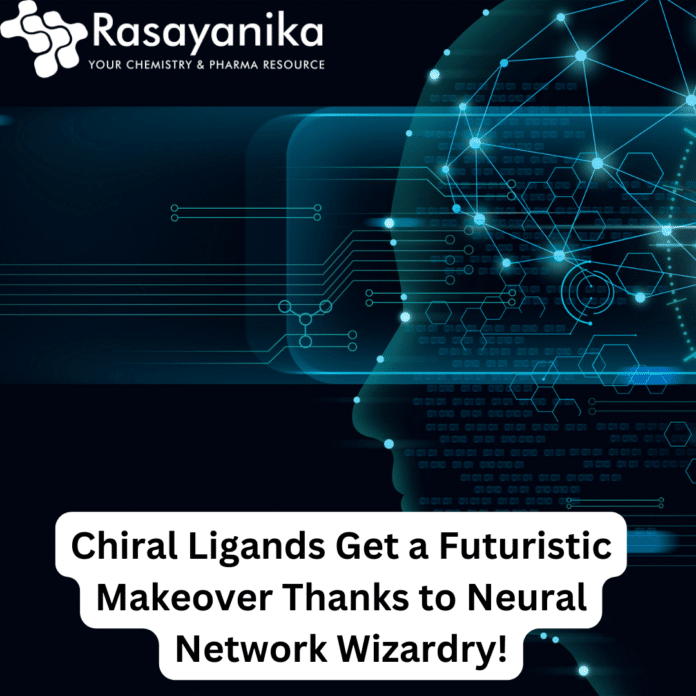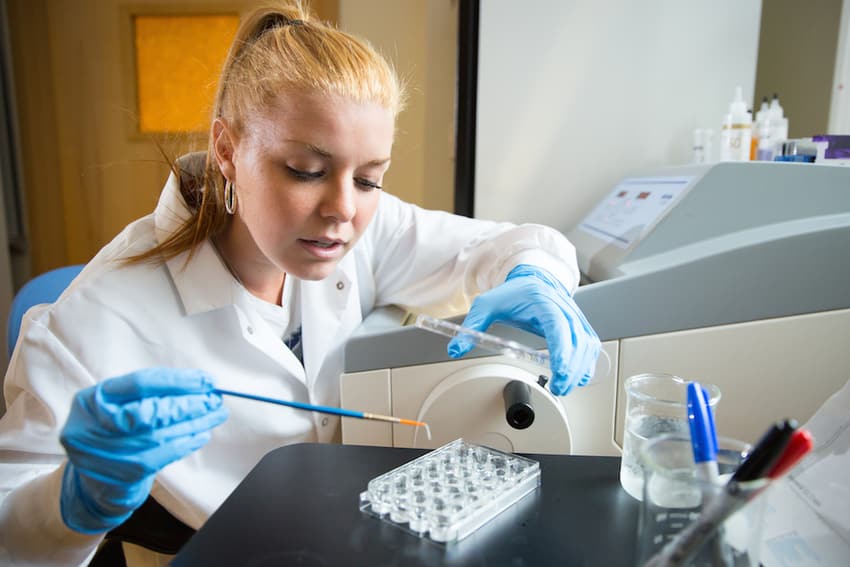In a groundbreaking development, scientists in the United States have harnessed the power of artificial intelligence (AI) to enhance the design of chiral ligands, which play a crucial role in improving the selectivity of catalytic reactions. This innovative system, built upon a neural network, enables accurate predictions of enantioselectivity in asymmetric catalytic reactions. The result? The creation of novel ligands that significantly enhance enantioselectivity in cross-coupling reactions.
Screening Chiral Ligands is a vital step in optimizing the selectivity of catalytic reactions, but it can be a time-consuming and resource-intensive process. Scientists have previously turned to density functional theory (DFT) to model enantioselectivity and expedite ligand selection. However, navigating the subtle energy differences to obtain an accurate picture of a chiral catalyst’s performance has proven to be a complex challenge. Traditional machine learning models have also required vast datasets, limiting their practicality.
Enter researchers from Yale University and Boehringer Ingelheim Pharmaceuticals, who have devised a game-changing solution. They’ve utilized a neural network to tap into the vast potential of a limited dataset consisting of DFT-calculated molecular characteristics related to a Negishi cross-coupling reaction. This neural network underwent training using information that covered transition state free energies, molecular geometries, and electronic properties
obtained from a mere 17 phosphorus ligands. Remarkably, it yielded an incredibly accurate model for enantioselectivity, marking a significant advancement. What distinguishes this approach is its incorporation of attractive dispersions within a neural network framework dedicated to explaining reaction efficiency.The model’s performance was notably impacted by critical catalyst attributes, including the count of valence electrons at a particular carbon center, variations from flatness at the metal center, and the bond angle at a juncture within the ring that’s next to the phosphorus atom. Thanks to this neural network, the research team pinpointed a novel ligand with superior enantioselectivity compared to any of the initial Chiral Ligands. Importantly, the predicted selectivity is closely aligned with experimental results. This breakthrough technology holds promise for a broader range of reactions, particularly those with limited experimental data.
Jonathan Goodman, a chemical informatics expert from the University of Cambridge, highlights the challenge of training neural networks in chemistry due to the scarcity of large datasets. Nonetheless, this study showcases the viability of amalgamating empirical data, DFT computations, and human insights to fashion an efficient model for enhancing selectivity. It’s a development that is likely to inspire future research in the field.

















































